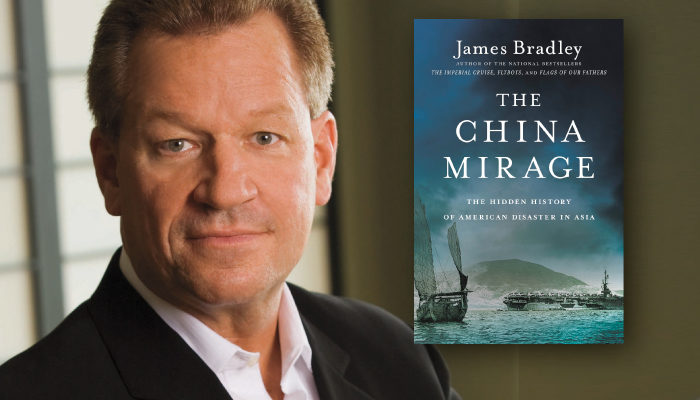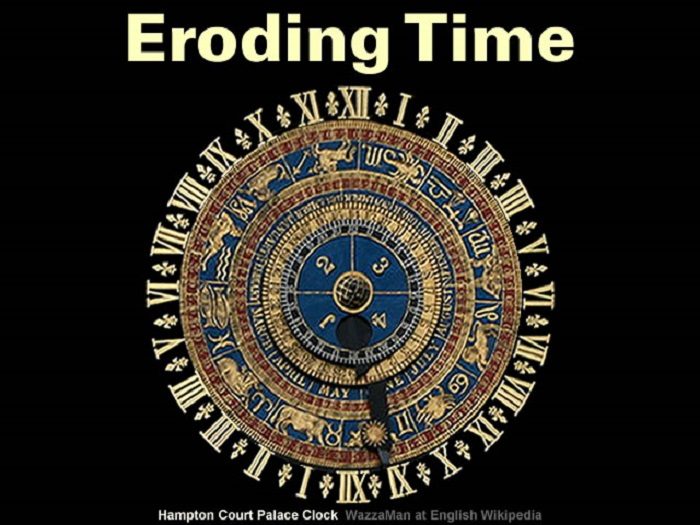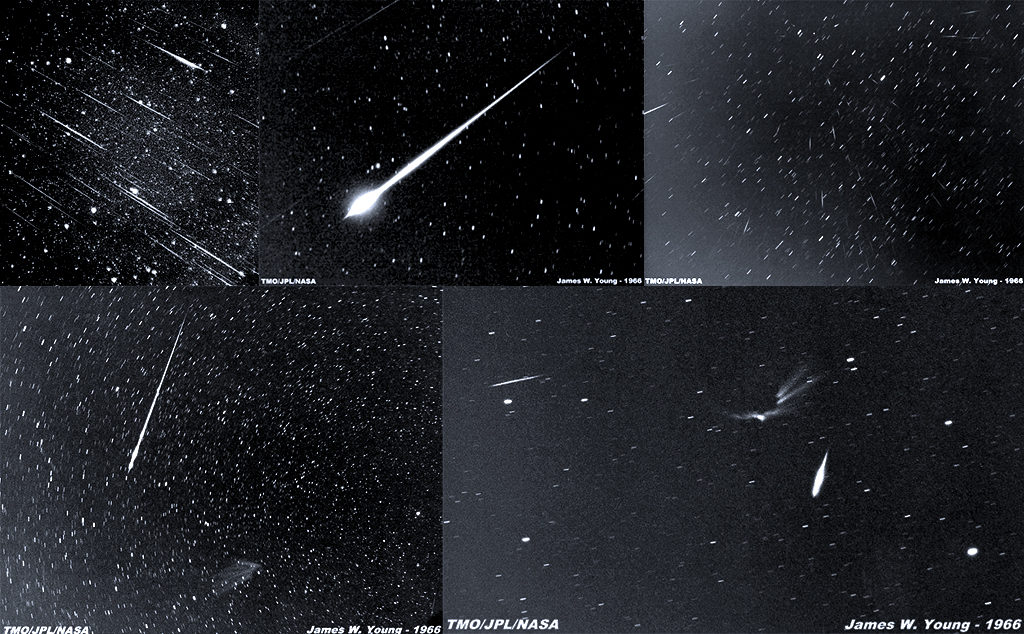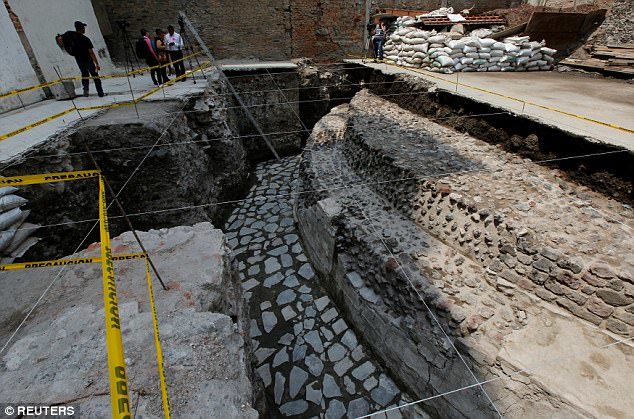Not only did they supervise the election program of the Russian president, and followed the ratings, but some evidence suggests that the elections were indeed rigged. The real victory belonged to Gennady Zyuganov, Communist Party leader, explains the author.
"The US electoral system is one that legally allows super-rich financial oligarchy to bribe candidates, parties and elections," - he writes. So, for example, in the disclosed correspondence of the Democratic Party National Committee, it is clear that they were trying to sabotage the campaign of Bernie Sanders, by the manipulation of the electoral process.
"If we are talking about manipulation of elections in other countries, the US ruling elite, its media and political puppets know very well what they are doing. The United States is the world leader in the intervention in elections in other countries", - says the author of the article, citing research data. In the period from 1946 to 2000, the United States 81 times interfered in the electoral process in other countries.













Comment: The flip side to this is that if the US hadn't messed with Russia's election in 1996, Yeltsin would not have been around to help select Vladimir Putin as his successor. History is funny that way.